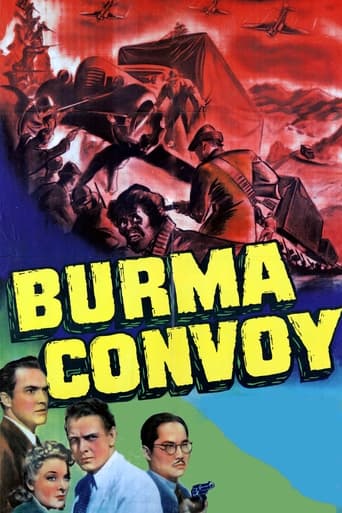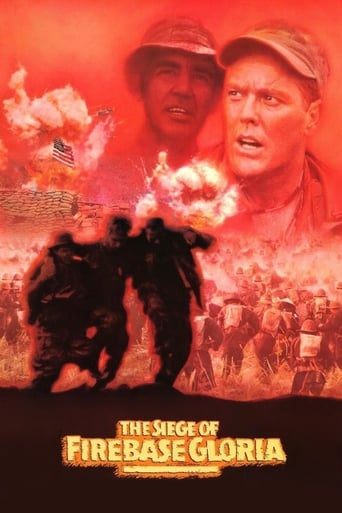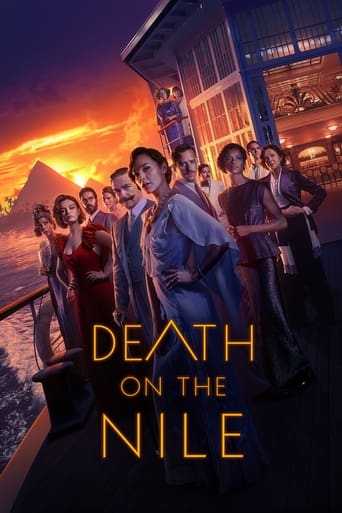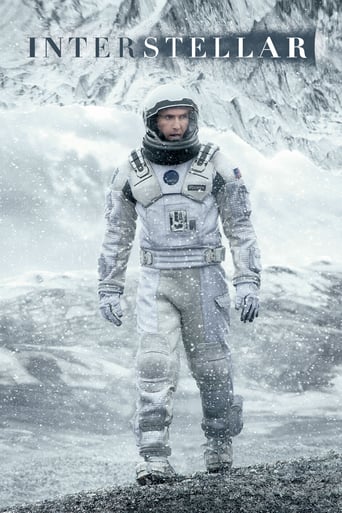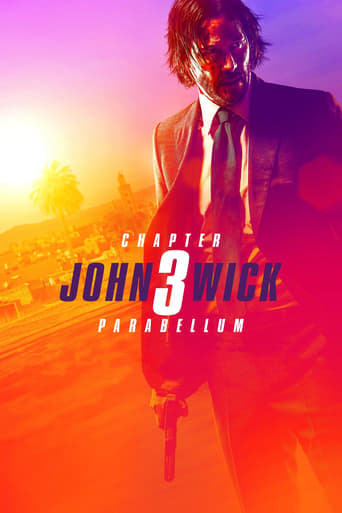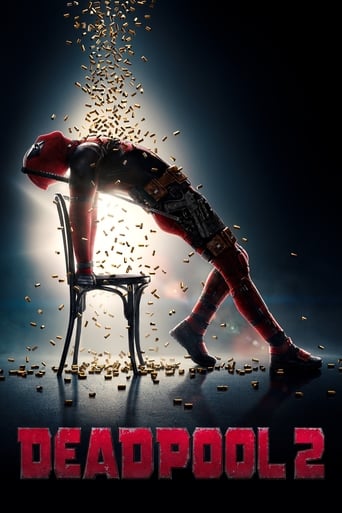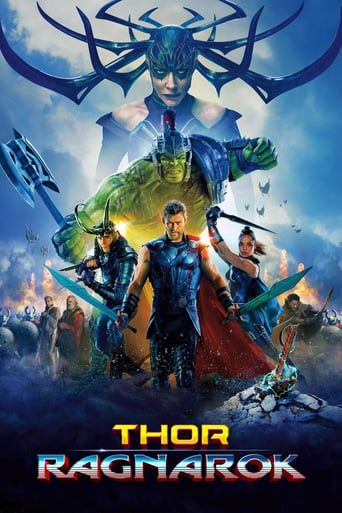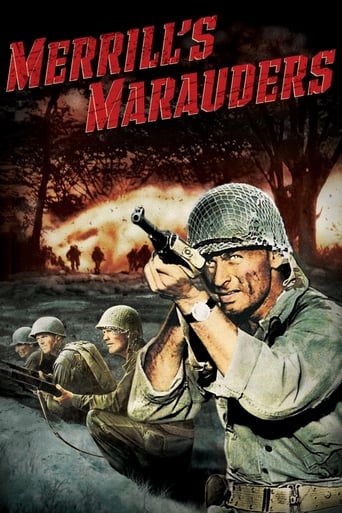


Merrill's Marauders
Brigadier General Frank D. Merrill leads the 3,000 American volunteers of his 5307th Composite Unit (Provisional), aka "Merrill's Marauders", behind Japanese lines across Burma to Myitkyina, pushing beyond their limits and fighting pitched battles at every strong-point.
-
- Cast:
- Jeff Chandler , Ty Hardin , Peter Brown , Andrew Duggan , Will Hutchins , Claude Akins , Luz Valdez


Similar titles



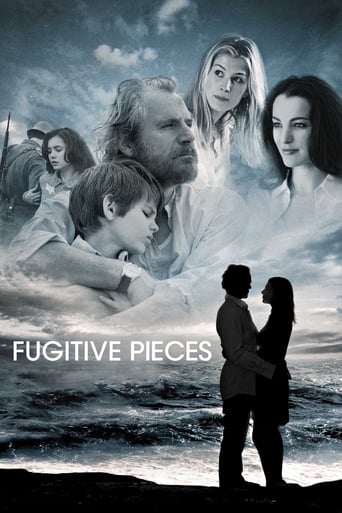
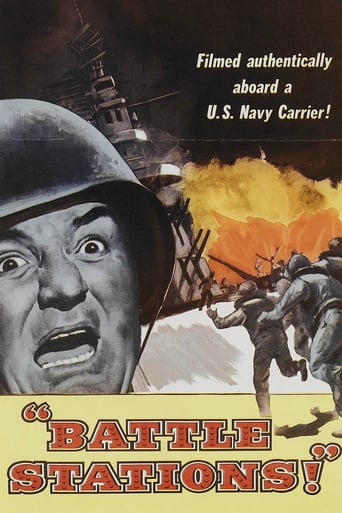
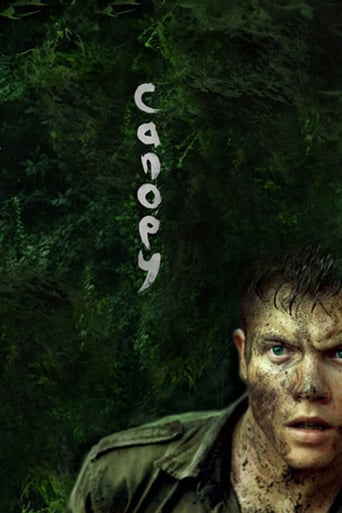
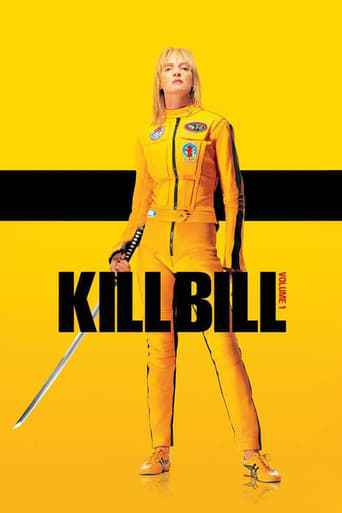
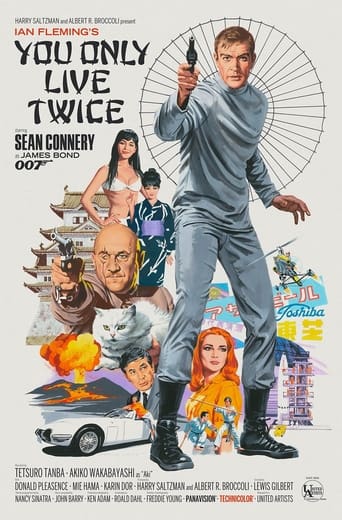
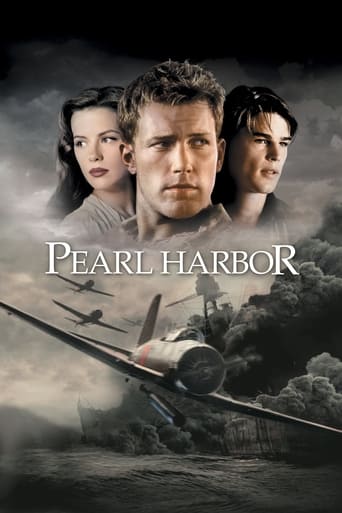
Reviews
It was OK. I don't see why everyone loves it so much. It wasn't very smart or deep or well-directed.
As somebody who had not heard any of this before, it became a curious phenomenon to sit and watch a film and slowly have the realities begin to click into place.
One of the most extraordinary films you will see this year. Take that as you want.
The film never slows down or bores, plunging from one harrowing sequence to the next.
"Do you know what I'm going to do after the war? I'm going to get married and have six kids. Then I'm going to line them up and tell them what Burma was like. And if they don't cry, I'll beat the hell out of them." - Bannister ("Merrill's Marauders")"I don't know how he got that wonderful expression of contempt on her dying face. It was beautiful. It was war. How did Kubrick do that?" – Sam Fuller Samuel Fuller dismissed Stanley Kubrick's "Full Metal Jacket" as a "recruitment film", but he did admire the look of pain and ephemerality in the eyes of a wounded Vietnamese sniper towards the film's climax.Eyes always interested Fuller. His combat movies hinged on the look of burnt out exhaustion in the eyes of his grizzled grunts, his soldiers plagued by fatigue, shell-shock and psychological disorders, trudging through his war zones like the walking dead. Fuller's war films weren't overtly political – they didn't point fingers, didn't place conflicts in any larger context, didn't condemn policy makers or generals. No, he saw himself as a tabloid journalist, marrying his insights into the psychology of the soldier to the kind of pulpy, macho writing of WW2 era pulp fiction and war comics (comics serials such as "Frontline Combat" were popular at the time, often with heroes sporting hardboiled names like Sgt Rock or Captain Tank).So Fuller's war films sport a weird tension, juxtaposing the rough, macho prose of pulp to the insights and sensitivities of an ex soldier and journalist. It's this combination of hard and soft that made Fuller's combat movies special. While most war films of the era, and since, relied on spectacle and technical wizardry, Fuller's films were all about prose. They were word oriented, the text tough, blunt and on the nose, information conveyed fast and to the jugular, his plots unfolding like the rapidly turned pages of a dime store magazine.And so "Merril's Marauders" offers more macho poetry from Sam Fuller. The film - a taunt platoon movie which follows a group of American soldiers on a seemingly suicidal trek through the jungles of Burma - isn't as good as "The Big Red One", "The Steel Helmet" or "Fixed Bayonets", thanks largely to studio interference which forced Fuller to adopt an overtly pro-war stance, but there are still enough excellent passages here to make the ride worthwhile.The plot: it's 1942 and General Stilwell orders Brig. Gen. Frank Merrill's 5307th Composite Unit, aka Merrill's Marauders, to hike 125 miles from India into neighbouring Burma and blow up a Japanese ammo dump. The men complete their mission, and look forward to some well earned R and R, but are instead immediately sent on yet another mission, this time a suicidal assault on a major Japanese base in the city of Myitkyina. If the Marauders are successful, the Japanese army will be unable to unite with the Germans in India. If they're not, at least they died heroes. Right? But for Fuller, it's never about heroism or even completing the mission. It's about staying sane, and about remembering the little tricks of the trade which keep every good soldier alive. Keep your feet dry, dig your fox hole deep and buckle your helmet. And remember, duck when you see a bullet.Enduring malaria, typhus, fatigue, mental illnesses, madness and exhaustion, Fuller's men are suffering from what the unit doctor calls AOE - "accumulation of everything". And it's into these burnt out shells that Fuller takes us, his pen conveying not only the irrationality of their wasted energies, but their physical and psychological discomfort, the grunts degenerating into twisted reflections of what we expect a soldier to be.7.9/10 - Unusual for Fuller, the film begins with an almost Brechtian moment, Fuller clashing his colour photography (was this his first war film in colour?) with newsreel footage. The scene not only makes us question what horrors are lost in the translation to Technicolor/celluloid, but to suggest that what follows will itself be a fusion of documentary and fiction, a war film that is deliberately anti-dramatic, and fragmented, each faint appearance of a narrative arc undermined and undone. Sadly, Fuller's ironic, downbeat ending was scrapped by producers who imposed a coda which is borderline criminal.Worth one viewing. Makes a good companion piece to "Beach Red", "Big Red One", "Steel Helmet", "Fixed Bayonets", "They Fought for The Motherland", "Hell to Eternity" and "Hell in the Pacific".
I could never get with Andrew Duggan, the doctor who trudges along with the Army expedition into Burma. He always seemed so actorish, no matter what the part. Ty Hardin looks good, I guess. His features are razor sharp and he has a hefty build but he's not much of a performer. Jeff Chandler, as the real-life General Frank Merrill, who leads the force against the Japanese in 1944, at least had the advantage of steel-gray curly hair, aquiline nose, a deep baritone, big ears, and industrial-strength facial bones going for him.Director Sam Fuller was in his stride in 1962 and this is a well-done film. A viewer will find it a character study in the context of combat. There are several brisk fire fights that only emphasize the real focus of the movie -- fatigue and illness. It's an unusual story for that reason alone. It's an exhaustion of mind, body, and spirit, and you can almost smell it.The film is about the war in Burma but it's relatively modern and more realistic than most of the movies made during the war years. An officer belts an enlisted man, for instance. It was shot on location in the Philippines rather than the live-oak covered hills of California. There are no stereotypes -- no wise guy from Brooklyn or braggart from Texas -- just as there were no stereotypes in Errol Flynn's "Objectiv Burma", of which this is a simulacrum. ("Merrill's Marauders" even borrows some of the musical score from the original.) Claude Akins is the tough and uncomplaining top sergeant who keeps the men together, and there is a scene in which the bearded and played out Akins is slumped against a wall after a fierce battle, his eyes closed, almost too fagged out to move. A Burmese child, and then an old lady with a bowl of rice, creep out of the rubble and approach him. He opens his eyes as the wizened woman offers him some rice and then he begins to weep abjectly. It's a touching moment, especially so, coming as it does from the cynical and unsentimental Sam Fuller.Francis Stahl was the sound man and Ralph Ayres did the effects. They should both be applauded. The fire fights don't sound like any other movie fire fights. The battles sound like strings of firecrackers going off on Chinese New Years. I've never been in combat but those clusters of cracks and pops sound much like rifles did on the firing range.Fuller could be a headlong and reckless director and he made some clinkers but this isn't one of them. Along with "Pickup on South Street," I'd consider this among his best efforts. For what it's worth, Frank Merrill survived World War II, but just barely.
Though a war movie, "Merrill's Marauders" makes its deepest impressions in the scenes between the battles.As a unit of exhausted American soldiers claw their way along a rocky slope, one falls to a screaming death. The others pause a moment to watch, then resume climbing.At one village, a boy gives a crusty sergeant played by Claude Akins a bowl of rice. The sergeant tries to smile, only to break down instead."When you lead, you have to hurt people," General Merrill (Jeff Chandler) tells his prize officer "Stock" (Ty Hardin). "The enemy, and sometimes your own."Sam Fuller was a war vet as well as a director. In making his war films, he struggled to keep it real while at the same time delivering popular entertainment. "Merrill's Marauders" leans too much in the latter direction, with hokey battle scenes and gung-ho narration. But Chandler and Hardin provide sympathetic rooting interests. The cinematography by William Clothier captures riverine landscapes in all their harsh and wild beauty.The real story of the 5307th Composite Unit and its role in retaking Burma provides a solid backdrop for Fuller's cold view of war and its human toll. Of the 3,000 troops that started out, only 100 remained standing at the end, typhus and Japanese taking equal measure of the rest. Merrill's decision to press forward ("If they've got a single ounce of strength left, they can fight!") is portrayed as a cruel necessity, this much softened from the real GI take on Merrill's boss, Vinegar Joe Stilwell. Stilwell was roundly hated by the Marauders for pushing his boys too hard.This is something we don't see here. Cooperation with the U.S. military required some futzing on Fuller's part, which he did in hopes of following it with a pet project regarding his own World War II experience that would only emerge 18 years later: "The Big Red One".The battle scenes feel forced and phony. Fuller himself would complain nobody dies in war as neatly as in movies, and you see that a lot here. A perversely favorite moment for me is when a soldier named "Bullseye" shoots a Japanese soldier off of a watchtower. The soldier starts to fall, then pauses, grabs a baluster, and performs a neat tuck-and-roll in the direction of an offscreen mat.The one battle scene that works, even with the inane fanfare scoring that is this film's single worst element, is a fight through a maze-like warren of train-support blocks at the railhead town of Shaduzup. Japanese and American soldiers appear and fall in random, endless waves. I don't think soldiers in World War II really called each other "knothead", but moments like those at Shaduzup really connect and help to pull this film over the finish line - however raggedly.Though probably a bit too rah-rah for Fuller's fans, "Merrill's Marauders" packs a punch and some moments of affecting surprise.
"Merrill's Marauders" is a testament to the tenacity of America's fighting men and a story as heroic as anything that came out of ancient Greece with its tales of legendary heroes. These flesh & blood heroes here sweated out the worst that the Japanese could deliver and triumphed over incredible odds. The themes of man versus nature, man versus man, and the toll that leadership takes on the individual are examined without sentiment. In the finest traditions of American combat troops, these soldiers were outnumbered by the enemy but defeated them.In 1944, the U.S. Army invades Burma in World War II with rugged, iron-haired Jeff Chandler in the lead, followed by a battalion consisting of strapping young Warner Brothers contract players Ty Hardin,Will Hutchins, Peter Brown, and Claude Akins. The historical epic depicts the extraordinary efforts of the the 5307th Composite Unit to do what nobody else could do or did to prevent the Japanese Imperial Army from linking up with the German Army. Typically, during World War II movies of the 1960s, the enemy--the Japanese here--were never shown close-up, but instead were only shown in long shots because they were our allies in 1962. "The Steel Bayonet" director Sam Fuller, who later helmed "The Big Red One," shows the grueling ordeal that 3000 volunteers went through slogging through jungles, wading through swamps, and climbing mountains. If these feats were not enough, the soldiers often found themselves at the mercy of cerebral malaria, amoebic dysentery, and/or scrub typhus. Lieutenant Stockton (Ty Hardin of "Bronco") both hates writing letters to the families of the fallen ones and asking his troops to perform the impossible. At one point, Stockton asks to be relieved of his command, but Brigadier General Frank Merrill (Jeff Chandler)cannot afford to demote him. Merrill complains that he is going nuts and Doc (Andrew Duggan) warns him that he--Merrill--cannot withstand the continuous torture that he is putting himself and his men through. Meanwhile, the troops, such as 'Bullseye' (Peter Brown of "Laredo"), carp about the lack of food. Indeed, they are so bone-tired and worn out that they cannot tell what day of the week that it is. Eventually, after his men are barely able to fight, Merrill collapses urging his men to put one foot in front of the other to complete their mission. Fuller does not treat combat as a game of heroes, but our heroes--though brave and gallant--are a weary, run-down bunch of men that in real life trudged across 750 miles of the tough terrain in the world. Only 100 survived this trek through Hades to defeat the Japanese. John Hoyt of "Brute Force" bears an amazing resemblance to General Stillwell. Andrew Duggan plays the doctor who cannot believe that the troops can still fight. One officer tells Merrill that he plans to have six kids after the war, line them up against a wall and tell them how tough Burma was and then beat the tar out of them if they do not cry. Sadly, "Merrill's Marauders" was the last movie that Jeff Chandler made in a career cut short. Milton Sperling of "Battle of the Bulge" co-scripted this opus with director Fuller from the 1956 book by Charlton Ogburn Jr.'s non-fiction book "The Marauders." Interestingly, Ogburn served as a communications officer for the marauders. This Warner Brothers film was lensed on location in the Philippines,"Merrill's Marauders" is a traditional World War II movie. None of the enlisted men want to kill their officers.

